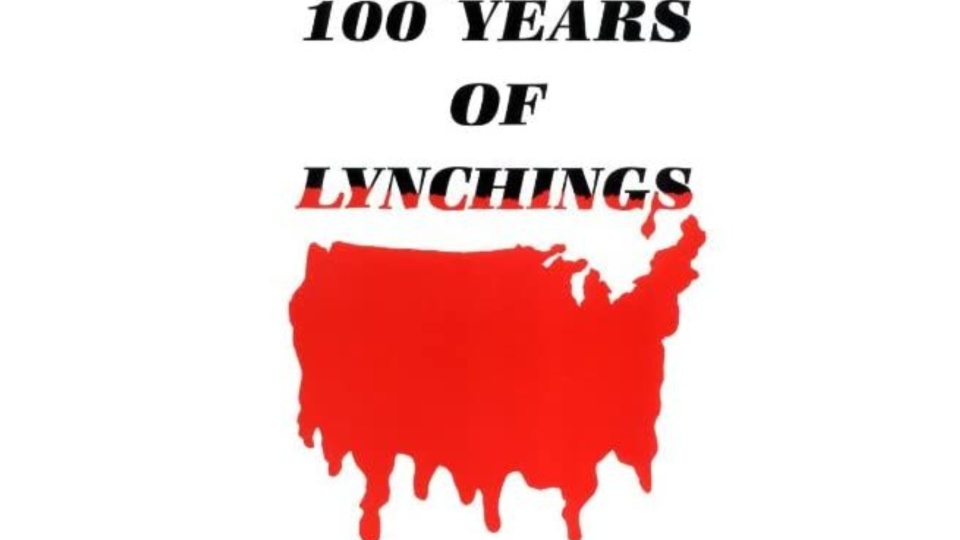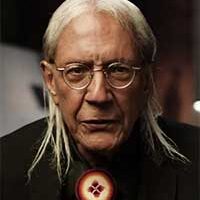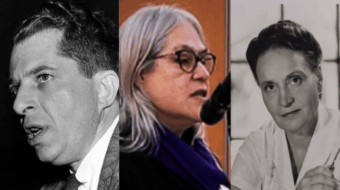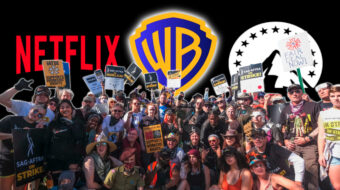
The genocide, the horrendous deaths in the Israeli invasion of Gaza, have prompted many, this reviewer included, to reflect on the racial horror of times gone by. The book 100 Years of Lynchings, came to mind. I had read sections of the work some years ago, but never through and through. This volume, produced by Ralph Ginzburg in 1962, presented newspaper articles spanning a century documenting the most savage murders of African-American men and, in some cases, even women in the history of the United States.
Indeed, from a historical viewpoint, these killings represented some of the most horrific in the annals of humanity on this earth, displaying a level of unspeakable horror.
The mass murder of innocents in Gaza directed my attention to a century of the killings of innocents in this country. Thousands were lynched over a century-long span.
I also felt that this needed to be brought to public attention in light of current racist politicians’ efforts to whitewash history with attacks on so-called “critical race theory” and other education efforts around racism and slavery. Another reason is Biden’s refusal to do anything meaningful to stop the Gaza massacres, something which is well within his power. When Biden takes so little account of the lost lives of thousands of Palestinians, it must be remembered the bloody background from which the United States arose.
Ginzburg hoped the tome he assembled would, “in this Centennial of the Civil War, give pause to segregationists everywhere to reflect upon their persecution of the Black man.” Of course, this did not happen, but nonetheless, it was a worthy thought.
The newspapers from which the accounts were taken run the gamut from white to Black, small to large, and liberal to radical and conservative. Many of the accounts are so graphic, with such horrifying and vivid detail, that it would be a rare reader who would not be greatly affected.
A sampling of some of the headlines will give the reader a portent of what to expect. “Negro and wife burned.” “Lynched Negro and wife were first mutilated.” “Colored woman is hanged.” “Shoe thief suspect lynched.” “4 Negroes lynched at once.” “ Louisiana Negro is burned alive screaming ‘I didn’t do it.’” “Bumps into [white] girl; is lynched.” “2 hung for jostling horse” (two Black men hung for brushing against a farmer’s horse). “Boy unsexes Negro before mob lynches him” (a 10-year-old white boy is forced to castrate the victim before he is lynched). “Indescribable tortures inflicted on Williams” (this lynching was described as a “gala event”). “Blood-thirsty mob lynches 3 members of one family.” “Georgia mob massacres two Negroes and wives.”
These foregoing bylines are a smattering of the newspaper accounts compiled for the book.
It is a record of the most extreme racial atrocities, so constant over such a long period of time that one can get the impression of not just racial terror, but in fact, a race war being waged against the African-American population.
In many articles, descriptions are given of the most horrifying tortures that assume the aura of a festival, attended by entire white families, not just men, but their wives and children—veritable family affairs. Body appendages were often cut off the victims, sometimes while they were still alive, to be taken home as souvenirs. Postcards were fashioned of the victims and distributed far and wide. Lynchings were frequently advertised in advance to maximize turnout.
This writer shall not deem it proper to describe in detail the gory newspaper accounts in this review. The articles make the reader wince, to say the least.
The takeaway from the volume, now over 60 years old, is that large sections of the white population were in a state of savagery, racial savagery. They were living in a culture of such hate-filled racism that spawned savagery toward their fellow human beings. This was a legacy of the worst slavery in the chronicles of world history. This racism turned human beings into monsters against their fellow humans. Enslaved people were treated worse than animals, the result of a capitalism that, as Marx said, entered upon the world stage “covered from head to foot with blood and gore.”
It was actually the courage of the African-American people, aided by progressive white allies, that uplifted the white people of the South from a culture of racist horror. Indeed, it is not an exaggeration to say that the Civil Rights Movement civilized the “savage South.” Led by stalwarts such as Rev. Martin Luther King, Jr., and others, it raised the cultural level of not just the Southern United States, but the country as a whole.
These are some of the reflections produced by a rereading of this extremely poignant, emotive volume. Again, this book is a “should-read” for all adults in this country.
We hope you appreciated this article. At People’s World, we believe news and information should be free and accessible to all, but we need your help. Our journalism is free of corporate influence and paywalls because we are totally reader-supported. Only you, our readers and supporters, make this possible. If you enjoy reading People’s World and the stories we bring you, please support our work by donating or becoming a monthly sustainer today. Thank you!










